Subscribe to receive the latest blog posts to your inbox every week.
By subscribing you agree to with our Privacy Policy.
India is rapidly emerging as one of the world’s largest fintech markets. With a market size of $31 billion in 2021, it is expected to surge to $1 trillion by 2030. This was highlighted by Dr. V. Anantha Nageswaran, Chief Economic Advisor to the Government of India, during the Global FinTech Fest in Mumbai.
This unprecedented growth offers a significant opportunity for banks and fintechs to come together and build cutting-edge, technology-driven solutions—especially those that can redefine credit delivery in rural and semi-urban regions.
One key enabler in this transformation is Infrastructure Platform-as-a-Service (iPaaS)—a disruptive model that can help banks and financial institutions solve some of their most pressing challenges.

iPaaS refers to the infrastructure layer built by new-age fintech companies that allows direct integration with bank systems via APIs. It simplifies how banking services like card issuance, lending, deposits, payments, insurance, and mutual funds are delivered.
By standardising how applications interact, iPaaS not only speeds up automation but also ensures secure, real-time data sharing between systems—laying the foundation for scalable digital growth.
Key iPaaS Categories:
Card Issuance Infrastructure
Lending Solutions
Insurance Products
Mutual Funds
Payments & Deposits

iPaaS enables banks to adopt next-gen technologies without overhauling their legacy systems. Here’s how it drives impact:
Adoption of Modern Infrastructure: Banks can seamlessly transition from outdated systems to new-age platforms, enabling quicker product rollouts.
Cost-Effective Integrations: Leveraging fintech infrastructure reduces integration costs for banks, while fintechs benefit from increased customer acquisition.
Faster Time-to-Market: Banks receive ready support from fintech partners for regulatory compliance, certifications, and licenses.
Secure Transactions: While fintechs offer innovation, banks remain the transaction authenticating authority—ensuring complete security.
Broader Product Portfolios: Collaborations allow banks to expand offerings, enhance customer satisfaction, and stay competitive.
Frictionless Experiences: Consumers benefit from faster, more intuitive banking experiences—saving time, effort, and cost.
At CARD91, we provide a full-stack, modular infrastructure platform purpose-built to help banks go digital at scale. Our capabilities include:
End-to-End Issuance Infrastructure for Prepaid, Debit, and Credit Cards
Card Lifecycle Management
Settlement and Reconciliation Engines
Access Control Server (ACS)
UPI Switch and Connectors
System of Records and APIs
What sets CARD91 apart is the ability to help banks configure, customise, and launch products faster—with minimal tech effort and regulatory overhead. A single TSP (Technology Service Provider) partnership with us enables banks to deploy multiple products efficiently, opening up opportunities for cross-selling and new customer acquisition.
India’s digital revolution is accelerating, driven by progressive government policies and rising consumer expectations. But for banks to lead this shift, they must embrace innovative models like iPaaS.
With the right infrastructure and the right partner, banks can not only digitise faster but also build a future-ready, resilient, and customer-centric ecosystem.
Looking to accelerate your digital banking transformation?
Write to us at sales@card91.io to learn how CARD91 is helping banks build the future of finance.
To know more about our offerings connect with our experts




Sales: sales@card91.io
HR: careers@card91.io
Media: comms@card91.io
Support: support@card91.io